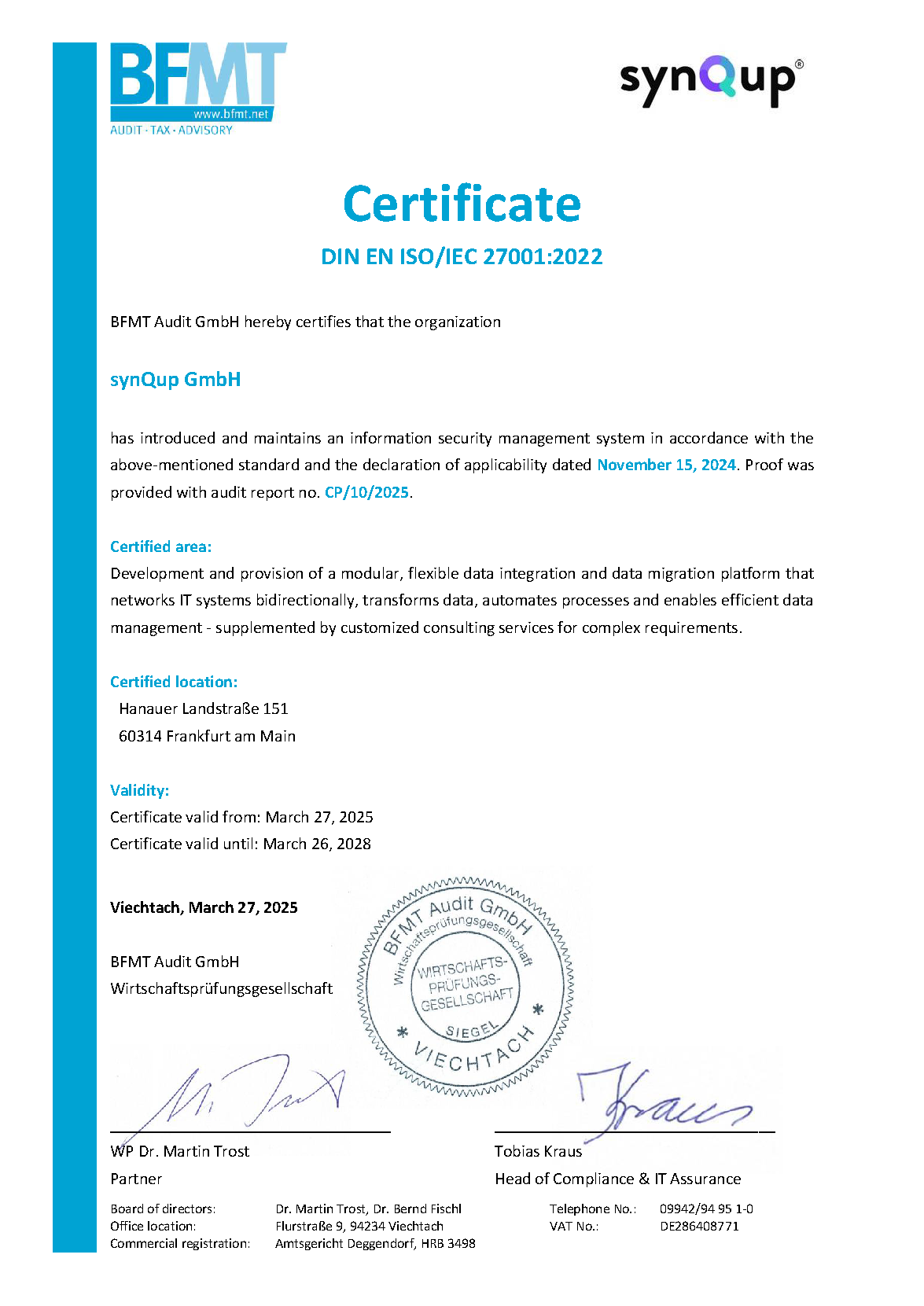Introduction
This is a guide that explains how you can use the media-module to map category- and product-images to Shopware.
Please note that the procedure of this guide may be different in your individual use case. But it should be able to provide a first impression on what to consider if you plan to map media files to Shopware.
In general the steps performed in this guide are the following:
- Set up file system(s) for your images
- Use the image bundle to read all available images from that filesystem(s)
- Use the image bundle to assign those images as assets to your documents
- Use the media module to transfer the assigned assets as images to Shopware
Step 1: Filesystem Configuration
We will set up two local file systems. The first contains the product images, the other one contains category images.
[
{
"identifier": "productFilesystemIdentifier",
"config": {
"adapter": "local",
"adapterConfig": {
"path": "/var/www/html/local-filesystem/product/images"
}
}
},
{
"identifier": "categoryFilesystemIdentifier",
"config": {
"adapter": "local",
"adapterConfig": {
"path": "/var/www/html/local-filesystem/category/images"
}
}
}
]
Of course, you are able to use remote file systems as well. This is an example for a remote filesystem:
{
"identifier": "exampleRemoteFilesystem",
"config": {
"adapter": "sftp",
"adapterConfig": {
"host": "assets.some-customer.example.io",
"port": 22,
"root": "/home/assets/public_html/assets",
"password": "...",
"username": "..."
},
"publicUrlPrefix": "http://assets.some-customer.io/assets/",
"publicUrlUseFullPath": false
}
}
Step 2: Generate Indexed Files
This step will read all files that are available on your filesystems. Use the following job_dispatcher_mapping:
- process_step_identifier: input
-
message_fqcn:
Synqup\Modules\ImageBundle\Input\ReadAvailableImagesFromFilesystem\ReadAvailableImagesFromFilesystemMessage - configuration: see below
{
"inputs": [
{
"path": "/",
"filesystemIdentifier": "productFilesystemIdentifier"
},
{
"path": "/",
"filesystemIdentifier": "categoryFilesystemIdentifier"
}
],
"batchSize": "50",
"clearIndex": true
}
This creates IndexedFile documents from your images of the filesystem.
Step 3: Assign Indexed Files
This step links the previously generated IndexedFile documents as Asset to the products and categories. Use the following
job_dispatcher_mapping:
- process_step_identifier: transformations
-
message_fqcn:
Synqup\Modules\ImageBundle\Transformations\EmbedIndexedFileIntoDocument\StartEmbedIndexedFileIntoDocumentMessage - configuration: see below
{
"targetDocument": "Synqup\\CommerceBundle\\Document\\Product\\Product",
"targetAssetGroupType": "PRODUCT_IMAGE",
"filesystemIdentifiers": [
"productFilesystemIdentifier"
],
"strategyConfiguration": {
"batchSize": 200,
"documentCompareField": "identifier",
"extractDocumentSearchValueFromFilenameRegex": "/([^_.\n]+)(_.+){0,}\\.((?:JPE?G)|(?:PNG))/i"
}
}
Step 4: Media Module
The last step is to execute the media module. This will transfer the assets to Shopware.

